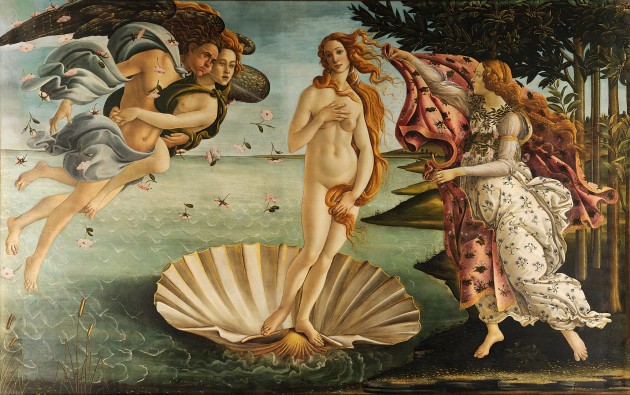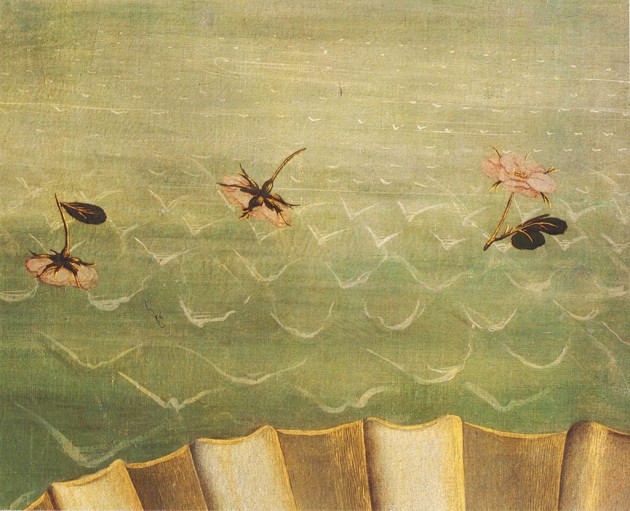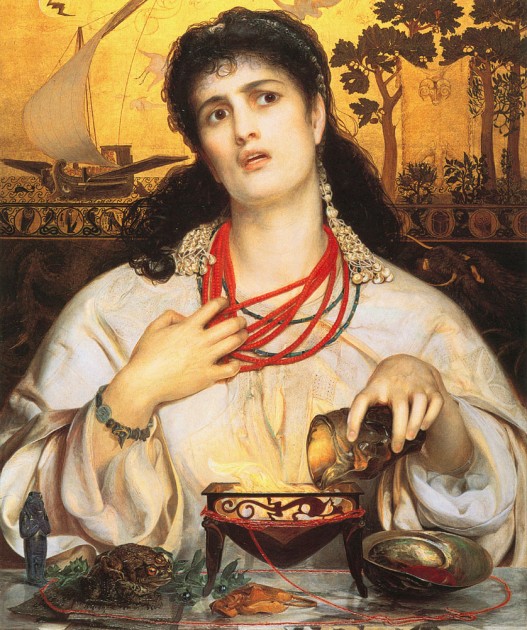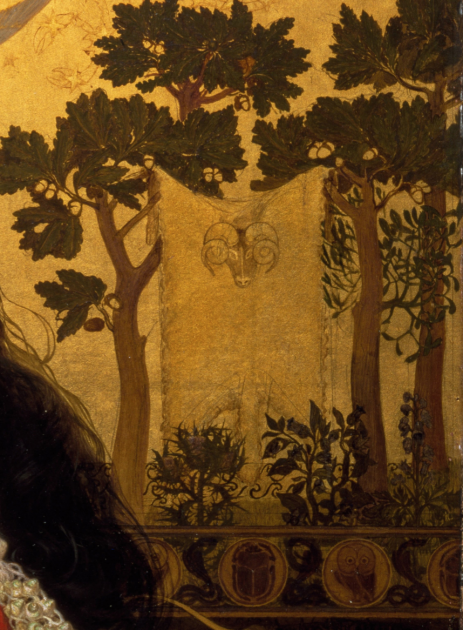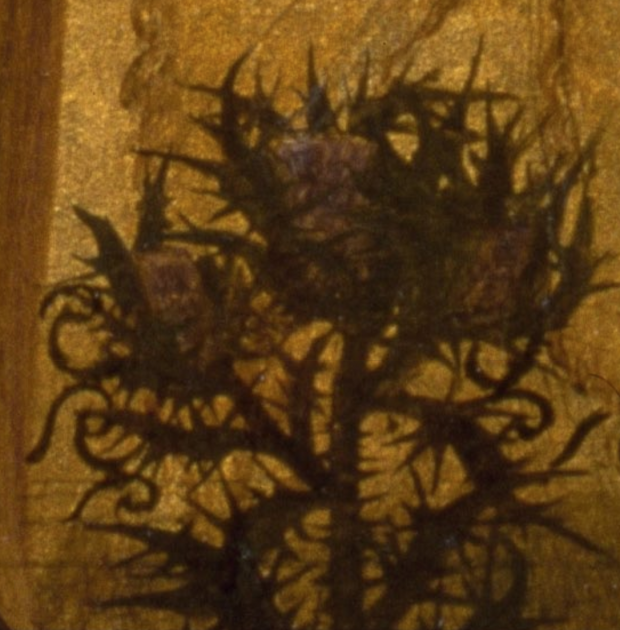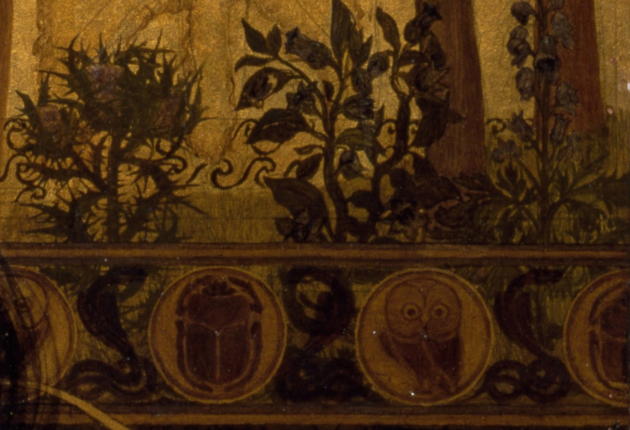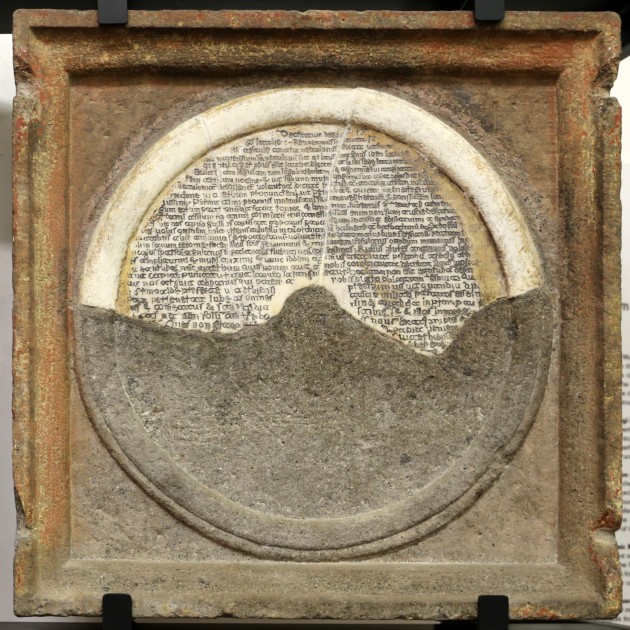Wednesday, November 25th, 2020
John Currin’s “Thanksgiving” and Stretched Figures
Forget Norman Rockwell’s “Thanksgiving” as the iconic image for your 2020 holiday season. This uniquely terrible year needs a different painting and aesthetic, and I think John Currin’s “Thanksgiving” (2003) better fits the bill.
As is typical in Currin’s art, this painting is a composite of several earlier artistic forms. For example, the elongated and intertwined figures recall Mannerist paintings, while the still life in the foreground suggests the vanitas images of the Dutch Baroque. And in a year in which so much has been upended and confusing, this bizarre pastiche of styles seems appropriate. Even the contradiction of a feast that is being undertaken by emaciated figures seems unsurprising this year. Robert Rosenblum noted that Currin’s art looks “both commonplace and fantastic” which reminds me of how this year has been terribly commonplace (for the millions of people who have stayed at home) and also fantastic in how its dystopian impact on the world seems to come from the realm of science fiction.
I’ve also thought about how this painting can serve as a reminder of those who have lost loved ones due to the virus, with the figures dressed in somber clothing, the limited color palette, and the wilted leaves in the vase. Even the pallid color of the uncooked turkey suggests death.
In the Mannerist period, the elongated and distorted figures were “mannered” in a way that suggested elegance and beauty. I’ve been thinking about how these “stretched” figures can be taken beyond the realm of aesthetics, and can be seen as metaphors for how so many people have been financially and emotionally stretched this year. And in the context of Thanksgiving, I’ve also been thinking about how many people are stretched between gratitude and grief this year. I’m reminded of a quote that Francis Weller said in an interview:
“The work of the mature person is to carry grief in one hand and gratitude in the other and to be stretched large by them. How much sorrow can I hold? That’s how much gratitude I can give. If I carry only grief, I’ll bend toward cynicism and despair. If I have only gratitude, I’ll become saccharine and won’t develop much compassion for other people’s suffering. Grief keeps the heart fluid and soft, which helps make compassion possible.”
So as I look at Currin’s painting, I see a mixture of a lot of things. I think about how I myself can be stretched, but this can lead me to having more compassion and growth. And I hope that one of the lasting effects of 2020 will be a greater rise in compassion and empathy.
When I learned that Currin was inspired to finish “Thanksgiving’ after his wife became pregnant, I thought of it in an entirely new way. His wife Rachel served as the model and John Currin views this painting as an allegory of her pregnancy, since it took nine months to finish. So while this image may seem bizarre, it can also suggest hopeful anticipation for the future, and I hope that positive expression can carry us forward to better times.




